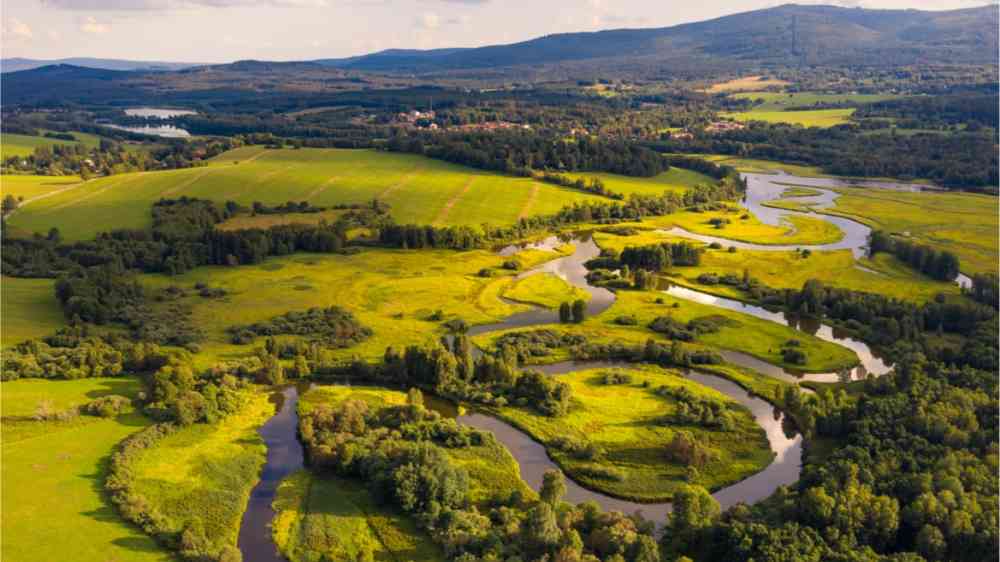
Powerful storms struck the region of Thessaly in northern Greece causing severe flooding, not once but twice this September. “We were lucky that no one died during the second storm (Cyclone Elias), because the first one (Cyclone Daniel) completely wiped out our network of early warning sensors,” says Harry Kalliaras, an advisor to the mayor of Trikala, a city of about 80 000 in northwest Thessaly.
The storms destroyed 150 homes and severely damaged more than 1 000 in the city centre and nearby villages. After the second storm, life in the 3 000-year-old city ground to a halt for three days as authorities ordered residents to stay indoors and inspected the safety of the city’s 12 bridges across the Lithaios river. The cost to the region, known as the breadbasket of Greece, as well as the birthplace of the mythological heroes Achilles and Jason and the home of the centaurs and myrmidons, is still being counted, but it is already estimated to run into the billions.
Thessaly is no stranger to floods. Large-scale construction works to canalise rivers by building concrete embankments and dykes began in the 1930s and huge changes to the landscape continued until the 1970s with land reclamation. Now, however, the glaring failure of these approaches to protect against increasingly frequent extreme weather events, which scientists and the government of Greece blame on climate change, is prompting the region to consider a dramatically different approach: removing the concrete and letting nature do its work.
“I remember that 40 years ago there used to be basins near the river that accepted floodwater,” says Kalliaras. “Since then, however, the approach has been to try to restrict the river and just block off the natural ways out that it used to use when there were floods and there’s been a lot of building close to the river. If these natural basins had still been there, it’s obvious that the damage to the town would have been less serious.”
That natural approach is the recommendation of a study financed by the European Investment Bank and led by Global Infrastructure Basel and WWF Greece, which has been at the centre of discussions with stakeholders in 2023.
“We need to work with nature, not against it,” says Aimilia Pistrika a senior water engineer at the European Investment Bank. “This is especially true in the context of flood mitigation, where nature-based solutions may take time to work but definitely help. That’s why we’re looking more and more at including and scaling-up nature-based solutions in water management projects, not to mention their other great benefits for the environment and biodiversity.”
Study pushes nature-based solutions in Greece
According to the pilot study, nature-based approaches to flood management in the region, such as widening rivers and connecting them with their floodplains, creating riparian forests and removing man-made structures built to control or obstruct the flow of rivers, would be far more efficient than relying on new or rehabilitated ‘grey’ flood protection infrastructure, such as dykes.
In addition, ground-breaking research from the Nature-Based Infrastructure Global Resource Centre and the International Institute for Sustainable Development published in May 2023, quantifies and compares the economic, social and environmental benefits of grey, green and hybrid infrastructure approaches in the region. The research concluded that the nature-based option had a much higher long-term (25 years) benefit-to-cost ratio (2.9) than either the hybrid (2.4) or the traditional grey infrastructure approach (1.5).
Crucially these figures do not even include avoided flood damage or possible additional economic benefits such as eco-tourism revenues, all of which would be substantial.
Several other benefits of the nature-based approach were considered, such as increased agriculture production and avoided carbon emissions. According to the report, the carbon storage value of the nature-based approach alone, estimated at €12.8 million, would be larger than their cost of implementation (€6.8 million) and the hybrid approach (€9.3 million).
